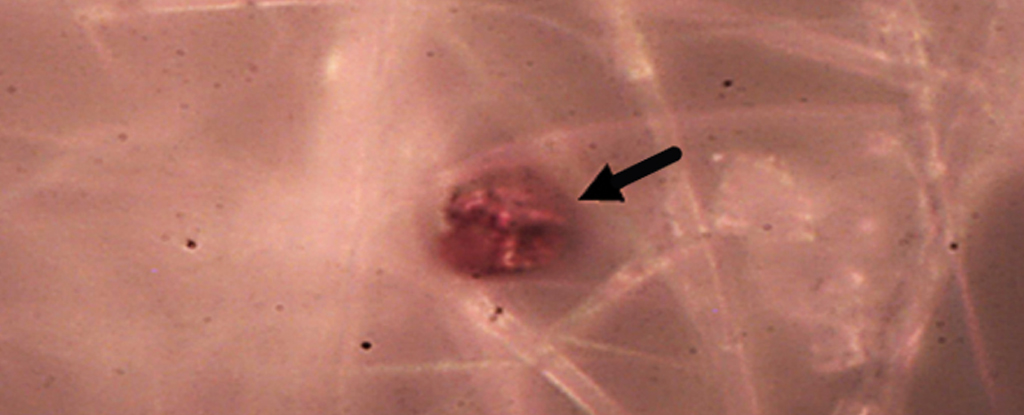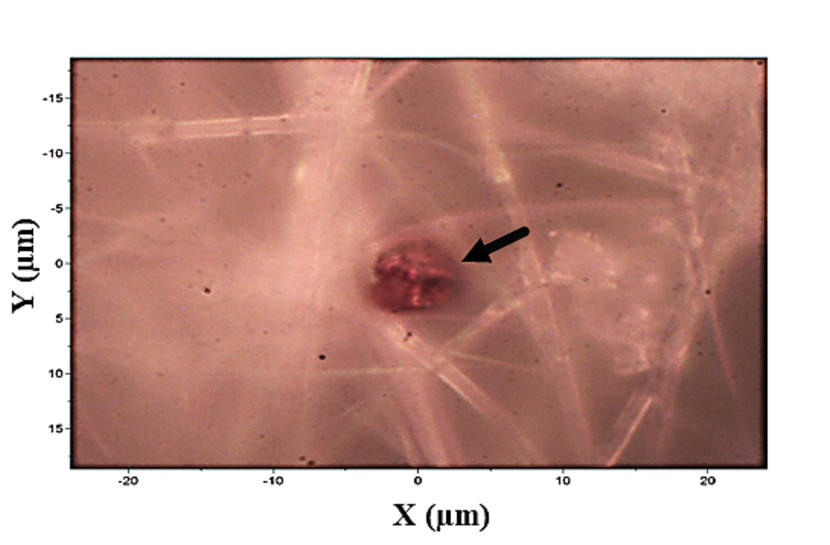
Researchers are discovering microplastics alarmingly near developing fetuses in the course of pregnancy.
Over the last few years, early investigations have revealed minuscule particles of plastic present in several dozen samples of the human placenta – the vital organ supplying oxygen and nutrients to a developing fetus.
A recent examination of donated placental tissues builds upon these findings, suggesting a concerning pattern.
Upon analyzing 30 donated placentas at the University of Hawaiʻi at Mānoa, the Kapiʻolani Medical Center for Women & Children, and the Federal University of Alagoas, Brazil, researchers observed a substantial rise in plastic contamination over the period from 2006 to 2021.
In 2006, only six out of the ten donated placentas exhibited microplastics. By 2013, contamination was found in nine out of ten placentas. In 2021, every one of the ten analyzed placentas showed evidence of plastic pollution, and the size of the microplastic particles was larger than ever before.
“We believe that the plastics may be floating around in food or being inhaled. It’s coming through our digestive fluids or lungs, and the particles are getting absorbed through the gut and traveling through the bloodstream, and then somehow collecting in the placenta during pregnancy,” explains obstetrician and researcher Men Jean Lee from Kapiʻolani Medical Center.

“The big question is, as it’s traveling through the placenta, can it get through the umbilical cord and then to the baby? We don’t know that right now.”
While being the most extensive study of its kind, the sample size remains insufficient and geographically restricted to establish definitive conclusions regarding the potential cause or effect of microplastic pollution on the development of a fetus or the mother.
The findings, nonetheless, align with the continual rise in global plastic production, consumption, and pollution.
Avoiding exposure to microplastics appears nearly impossible now, and the impact on human health remains largely uncharted.
According to some calculations, the average person breathes in approximately a credit card’s equivalent of plastic each week, with certain pieces potentially becoming lodged deep in the lungs. And this is just the plastic you inhale.
Microscopic particles are also found in drinking water and food. In initial studies involving mice, it appears that these contaminants can permeate every organ in the rodent’s body.
Recent research on humans has identified microplastics present in breast milk and the initial bowel movements of newborns.
In 2020, researchers uncovered the initial proof of microplastics, measuring less than five millimeters, in the human placenta. However, these findings were derived from only a small number of samples.
Subsequently, a different group examined 17 placentas for the existence of microplastics and obtained comparable findings.
Although the health impacts of plastic in the placenta remain uncertain, preliminary experiments on mice suggest that micro- and nanoplastics have the “potential to disrupt fetal brain development, which in turn may cause suboptimal neurodevelopmental outcomes.”
The recently observed high rate of placental contamination in Hawaiʻi might not be representative of other regions worldwide. For instance, island populations, who often consume more seafood, face heightened exposure to ocean plastic. Additionally, remote areas typically rely more on single-use plastics as a whole. The Hawaiian islands, being relatively close to the Great Pacific Garbage Patch, are affected by these factors.
“The findings of this study, based on placental samples collected in Hawaiʻi, provide insight into the vulnerability and sensitivity of Pacific Island communities to plastic pollution due to our remote location in the Pacific Ocean,” Lee and colleagues write in their paper.
“Since the entire State of Hawaiʻi State is designated as a coastal community, pregnant women who live there appear to be particularly vulnerable to marine plastic pollution, with yet unclear effects on maternal and fetal health.”
The research findings were released in Environment International.





